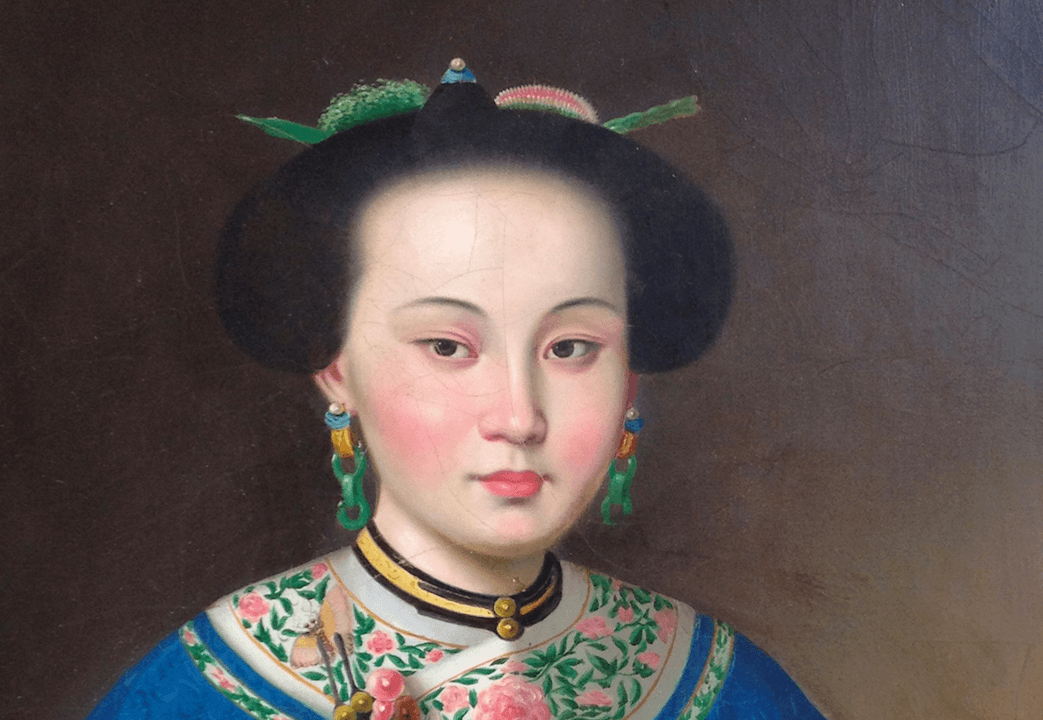Throughout history, portrayals of women have been used to further political, social, and commercial ends. In the Renaissance, women’s faces, bodies, and dress were carefully designed, sometimes fictionalized, to suit historical narratives or social mores. Sometimes they are meant to display alliance to a nation or people, or, on a smaller scale, her family’s wealth and position.
Here is a look at six women and how their images were shaped by their political and social landscapes. Sometimes these women had the power to formulate their own public image. Other times, they found themselves caught between opposing forces, where identity, ethnic, and religious rivalries dictated the way they were portrayed to the world and posterity.

A portrait of Qing Dynasty consort Xiang Fei, or the "Fragrant Concubine," believed to be by Giuseppe Castiglione or follower. Collection of Dora Wong. Christine Lin/Epoch Times






